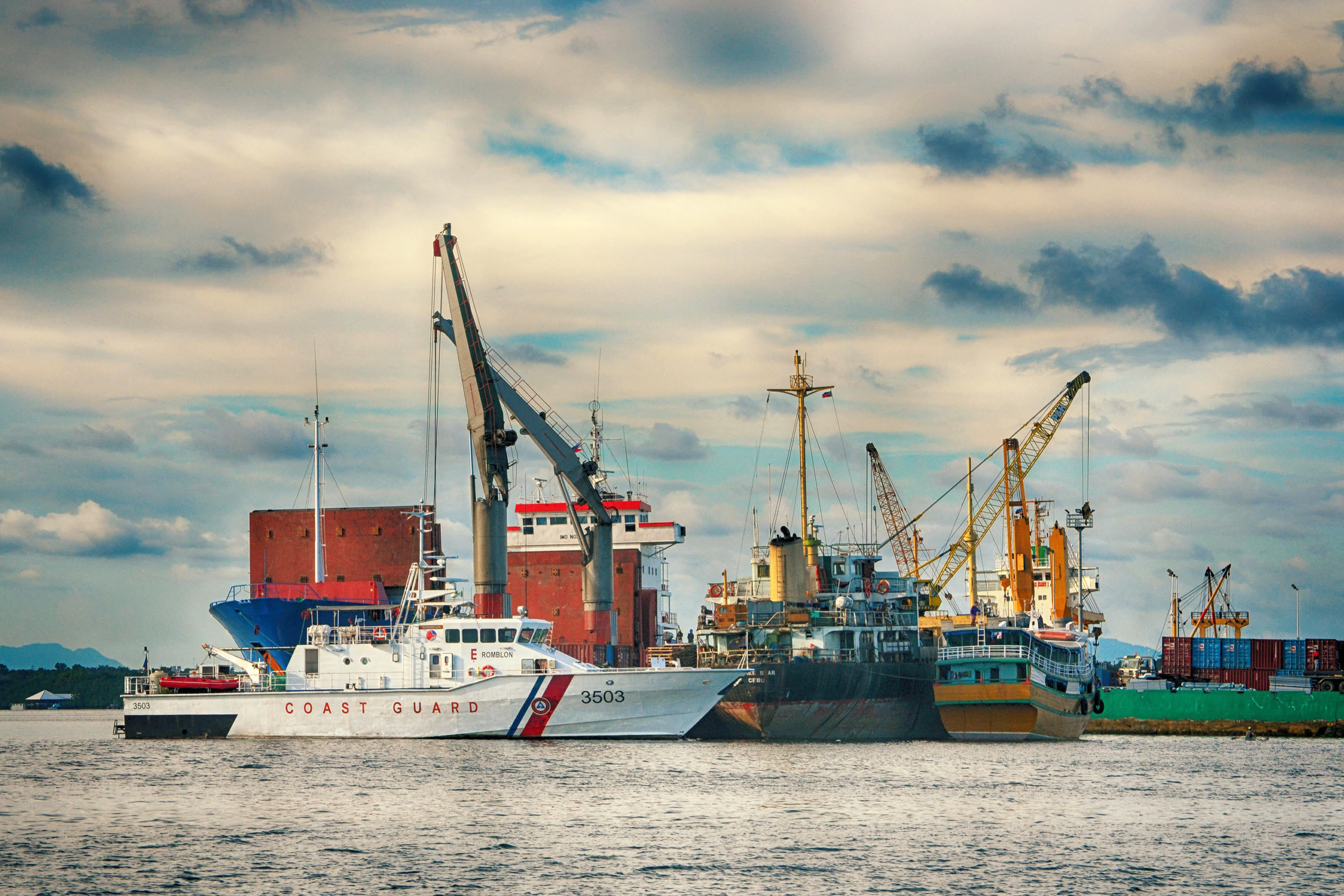
The significance of Asia in maritime trade and business cannot be overstated. As the largest and most populous continent, Asia boasts a rich history and a diverse array of cultures, economies, and trade routes. For centuries, it has been at the forefront of global maritime trade, serving as a vital hub connecting continents and facilitating the exchange of goods, ideas, and prosperity. In this article, I’ve tried to give a flavour of the pivotal role that Asia plays in the maritime trade and business landscape, and why its continued growth and development are crucial for global economic stability.
Strategic Geographical Location
Asia’s strategic geographical location grants it unparalleled importance in global maritime trade. The continent is home to critical waterways, including the Indian Ocean, the South China Sea, and the Strait of Malacca. These routes connect major economies, such as China, India, Japan, South Korea, and Southeast Asian nations, to the rest of the world. By providing access to key markets, Asia enables the smooth flow of goods and propels economic growth across continents. Asia is a global hub for container traffic, being responsible for 40% of all containerized trade on the main East-West routes – between Asia, Europe and the United States in 2021*.
Economic Powerhouses
Asia is home to some of the world’s most dynamic and rapidly growing economies. China, Japan, and India are major players in global trade, contributing significantly to the world’s GDP and driving demand for a wide range of goods. As these nations continue to prosper, their demand for raw materials, manufactured products and services fuels maritime trade leading to increased investments and job creation. In 2021 Asian container exporters were among the top five, accounting for almost half the global maritime traffic*.
Workforce
The Asian maritime sector is a major source of employment as this involves transportation, shipbuilding, repair and maintenance, port operations and marine engineering.
Asia is the largest supplier of seafarers with the Philippines supplying more than 25%** of mariners worldwide. Asia also leads the way when it comes to breaking down barriers in this traditionally male dominated sector. Asia employs 52% of women in port management and administrative roles compared to only 39% in Europe*. Seafarers are important sources of income for the region. In the Philippines for instance, seafarers bring in a total of USD6.71 billion in remittances (2022 Phil News Agency data) which helps propel the Filipino economy.
Manufacturing and Supply Chain
Asia’s manufacturing prowess is well established. Countries like China, Japan, and South Korea have built robust industrial bases and supply chains that cater to global demand. The region’s competitive advantage in terms of cost-effective production, skilled labour, and technological innovation has made it the preferred destination for international businesses seeking efficient manufacturing and assembly. The maritime routes connecting Asia facilitate the transportation of raw materials and finished products ensuring the seamless functioning of global supply chains.
Technological Innovation and Digital Transformation
Asia has been at the forefront of technological innovation and digital transformation. Countries like China, South Korea, and Singapore are pioneers in emerging technologies such as artificial intelligence, robotics, and blockchain. The integration of technology into maritime trade and logistics operations has resulted in enhanced efficiency, reduced costs, and improved supply chain visibility. Asia’s commitment to innovation ensures that it remains at the forefront of digital advancements, making it an attractive destination for businesses seeking to leverage cutting-edge technologies in their maritime operations.
Conclusion
Asia’s pivotal role in maritime trade and business is indispensable to global economic growth and prosperity. The continent’s strategic geographical location, economic powerhouses, workforce, manufacturing dominance, port infrastructure and technological innovation collectively contribute to its significance. As Asia continues to evolve and strengthen its position, it remains a gateway to global trade, connecting nations and fostering mutually beneficial relationships. Embracing Asia’s role and further nurturing its potential will unlock new opportunities for businesses, promote economic stability and pave the way for a prosperous future.
References:
* UNCTAD
** Data from the United Nations conference on Trade and Development

